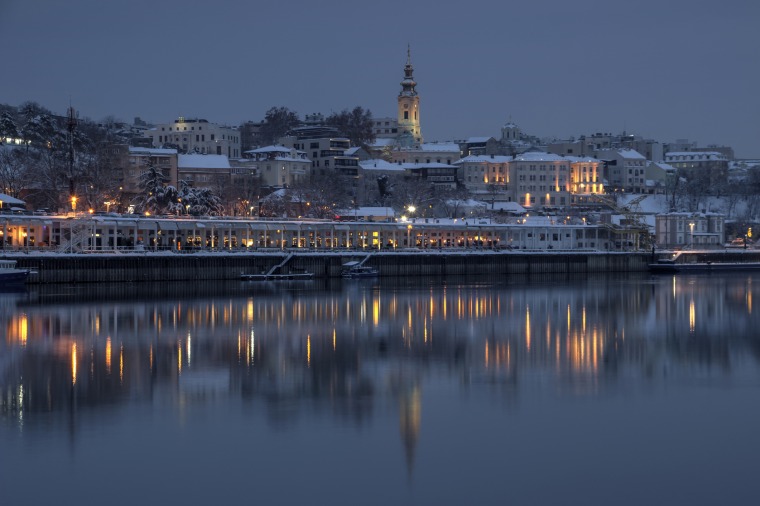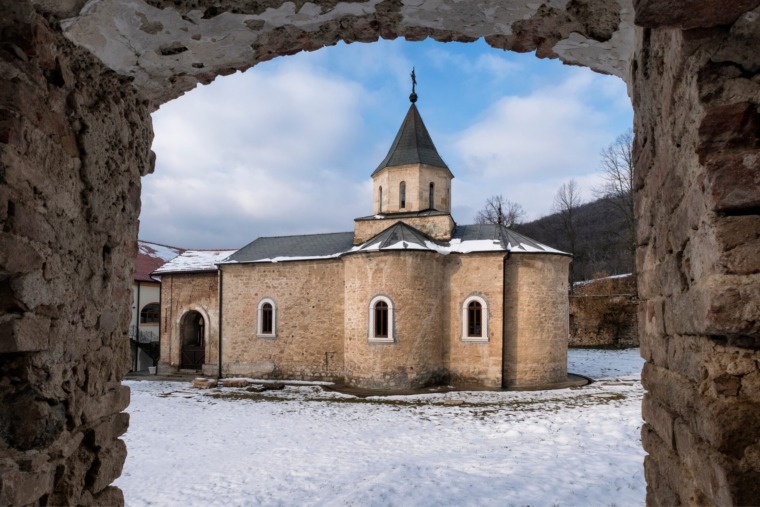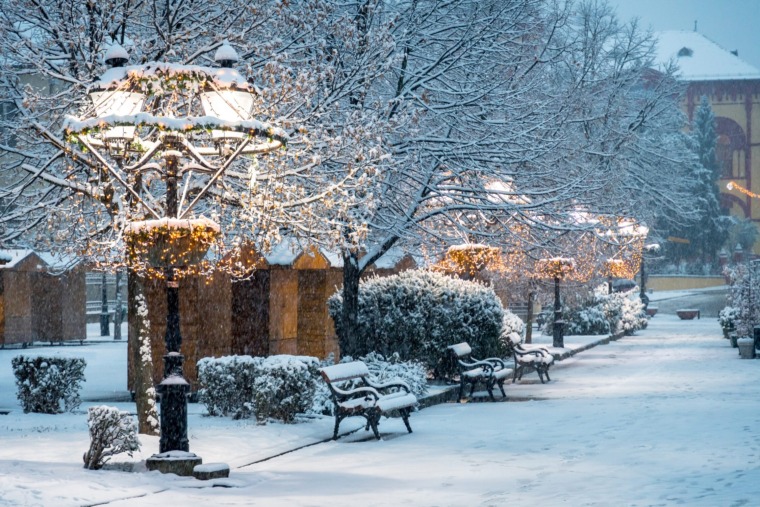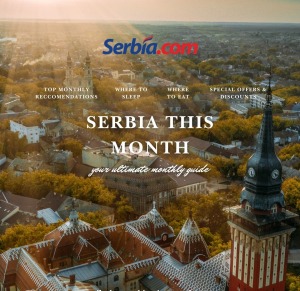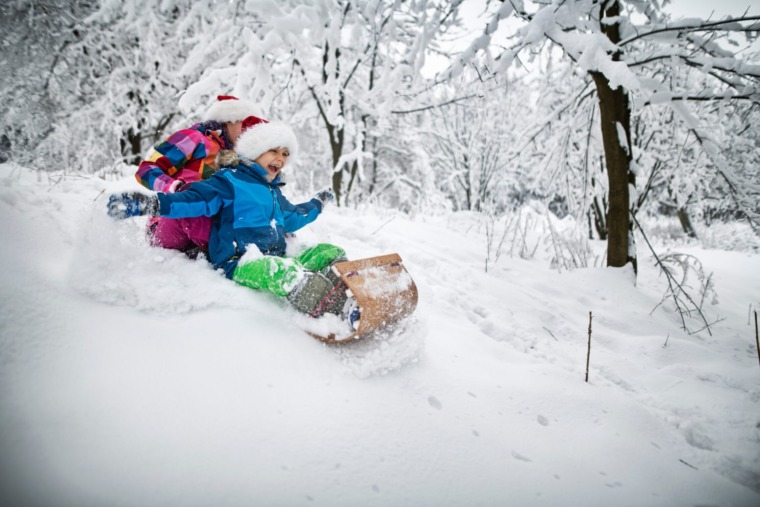
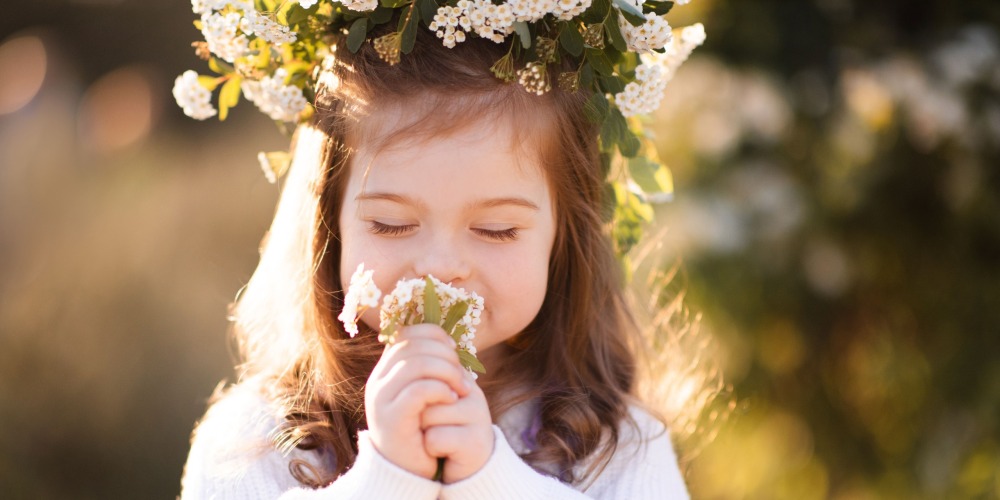
What Is Vrbica (Lazarus Saturday)?
Vrbica, also known as Lazarus Saturday, is a beloved holiday in the Serbian Orthodox tradition, celebrated on the Saturday before Palm Sunday. It commemorates the resurrection of Lazarus, which foreshadows Christ’s own resurrection and marks a joyful pause in the somber days of Lent.

In Serbia, Vrbica is especially meaningful to children. It blends Christian symbolism, pagan spring rituals, and family traditions, turning it into one of the most heartwarming and colorful holidays of the year.
When Is Vrbica Celebrated?
Vrbica is a moveable feast, celebrated according to the Julian calendar used by the Serbian Orthodox Church. It usually falls in April, one day before Cveti (Palm Sunday), and eight days before Orthodox Easter.
How Is Vrbica Celebrated in Serbia?
1. Children’s Processions and Church Visits
The most iconic part of Vrbica in Serbia is the children’s participation in evening church services. Boys and girls, dressed in their best clothes, gather in front of churches across the country, wearing wreaths made of flowers and willow branches, symbols of new life and spring’s rebirth.
Children receive small golden bells, which they hang around their necks. As they walk around the church in a solemn procession, their joyful jingling fills the air, echoing the celebration of life over death.
2. Willow Branches and Flowers
Since palm leaves are not native to Serbia, willow branches (vrbe) are used as substitutes, which is how the holiday got its Serbian name—Vrbica. Willow is an ancient Slavic symbol of fertility, health, and spring.
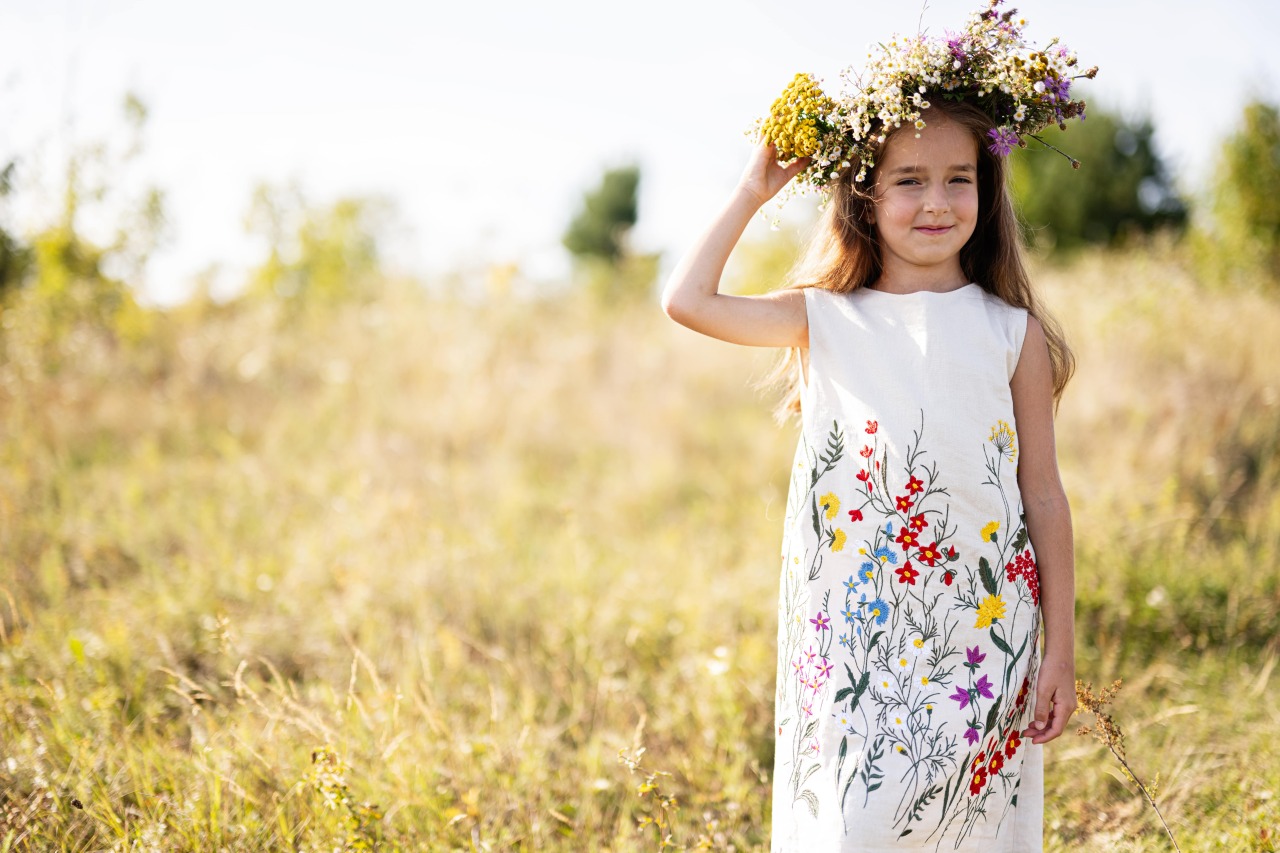
Families take blessed willow twigs from the church and place them in homes, usually behind icons or on windows, believing they bring protection and blessings.
3. Blessing of Children
Many Serbian Orthodox churches perform special prayers and blessings for children on Vrbica. The holiday is considered a “children’s slava” (patron day), celebrating their innocence and joy.
Interesting Beliefs and Folk Customs
- Willow as a Protector: In Serbian folklore, the willow branch is believed to ward off evil spirits and bring vitality. Some rural areas even used it to drive livestock between willow arches for health and fertility.
- Bells to Scare Away Evil: The small bells worn by children were originally believed to scare away evil forces and illnesses. This belief predates Christianity but was merged into Orthodox traditions over time.
- Wreaths for Health: The floral wreaths, often made of violets, periwinkle, and dandelions, are kept in homes after the holiday. Some families place them on icons or even bury them in gardens to bless the earth.
Vrbica: A Celebration of Joy and Renewal
Vrbica in Serbia is more than a religious feast—it’s a celebration of spring, youth, and hope. In a culture where many traditions blend ancient Slavic beliefs with Christian faith, Vrbica stands out as a deeply symbolic and joyful occasion.
Its imagery—laughing children, ringing bells, blooming flowers, and willow branches—makes Vrbica a holiday that awakens the spirit and prepares the soul for the coming of Easter.
Related Articles


Winter Wine Escape: Serbia’s Most Beautiful Holiday Wineries
December 11, 2025